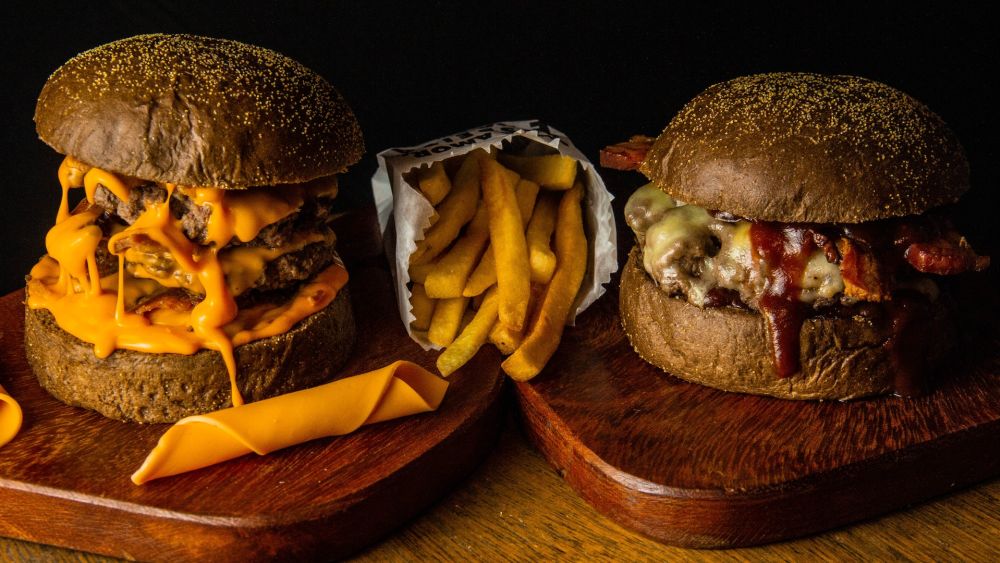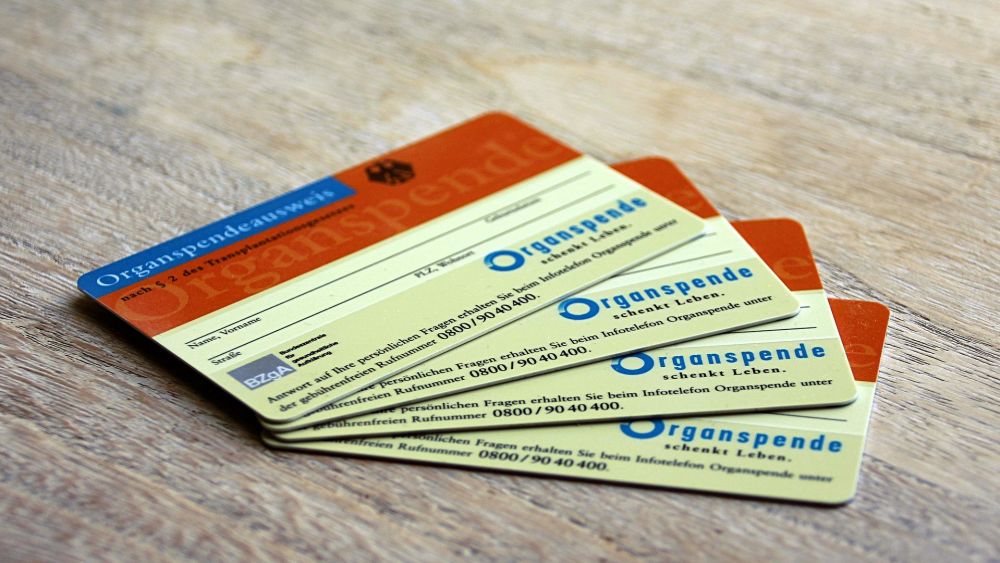Does Pinkifying the NFL Really Tackle Breast Cancer?
Greggory Moore | Moore Lowdown

image by: thespish.com
Pink links October, breast cancer, and the NFL. But so does the color of money. And many in the cancer community feel "Breast Cancer Industry Month" is doing more harm than good.
It's October in the United States, which means the National Football League is getting more attention than just about anything else happening in the world. And for the seventh year in a row, the NFL is using its prominence to draw attention to breast cancer.
They call the campaign "A Crucial Catch" (get it?), and it's ubiquitous. For the entire month the NFL "goes pink," with pink highlights finding their way into the nooks and crannies of player gear (gloves, cleats, towels), on the field, and in the gift shop. Television networks produce feel-good promotional pieces of how this or that player's wife's life was saved by early detection. Commentators mention the campaign a couple of times per game. Pregame ceremonies further pinkify the proceedings.
Color me cynical, but the whole thing has always annoyed me a bit. What follows are a few of the reasons why.
Breast-cancer research and prevention are already disproportionately funded.
Hey, breast cancer sucks, and preventing it, detecting it early, treating it, and curing it are completely worthy goals. But those goals are no less worthy when it comes to other cancers and diseases. Yet, the fight against breast cancer receives more than its fair share of attention and funding.
How much more? According to the National Cancer Institute, breast-cancer research is funded at about double the rate of any other cancer, despite having roughly the same incidence among the general population as cancers of the lung and prostate; and a mortality rate far lower than lung and several other cancers.
A statistic that helps bring home what a disproportionately large piece of the cancer-funding pie goes toward breast cancer was dug up by the New York Times 2008. The Times noted that in 2006 the National Cancer Institute spent $13,452 per breast-cancer death, about eight times more than it spent per lung-cancer death, even though there were almost four times more deaths from lung cancer than from breast cancer. Colon cancer also claimed more lives than breast cancer (about 35% more), while receiving only about one-third as much funding as breast cancer per death.
Why the fight against breast cancer is in a higher gear than the rest of the cancer pack has to do with marketing, lobbying, and the like. In an EMBO Reports paper entitled "The squeaky wheel gets the grease," the author notes that within five years of the 1991 founding of the National Breast Cancer Coalition, "Breast cancer became 'the darling of corporate America', endorsed and funded by Revlon's Ronald Perelman, cosmetics queen Evelyn Lauder and designer Ralph Lauren." And this was long before the NFL even got in the breast-cancer game.
Why does the NFL do it?
When it comes to marketing, sometimes you get lucky with a simple idea, such as #IceBucketChallenge thingy that generated over $100 million in donations for ALS research. But you can't bank on self-perpetuating campaigns like that.
The NFL, on the other hand, is completely bankable. The world may have never seen a perpetual marketing juggernaut like the NFL, which makes the American Cancer Society's willingness to team up with the NFL a no-brainer.
But why does the NFL commit such resources to breast cancer? Why not, for example, commit the same resources to heart disease, which is the leading cause of death in the United States—more than all cancers combined—and affects men and women more or less equally? Why the big push against a disease that affects women almost exclusively and whose mortality rate is only sixth among cancers?
The answer is public relations. Football is the most "manly" of sports, chock full of testosterone and necessary roughness, a realm where not so long ago female reporters were openly harassed (not to mention the recent spate of off-the-field incidents of domestic violence). Whereas on some level every other sport has female parallels (basketball, track and field events) or at least counterparts (baseball has softball), football stands alone. It's a man's world.
In the early days of football, when societal gender equality was further off than it is today and the sport wasn't such big business, an image problem might not have been a problem. But today NFL football is America's pastime and a multibillion-dollar industry. When you're that big and want to become even bigger, you can't afford to neglect more than half the nation's population, let alone alienate them.
So what do you do? Find a disease that affects women almost exclusively, then go all out to act like you're their savior. That's A Crucial Catch.
But is A Crucial Catch really all it's cracked up to be?
In a word, no. For starters, as an American Cancer Society (ACS) spokesperson explained to Vice Sports, out of all the green generated from the pink, not one penny goes to cancer research, but rather to ACS' CHANGE program, which awards grants for educating women about breast health to "community-based health facilities" within 100 miles of NFL cities.
While that may seem well enough on the surface, considering that A Crucial Catch's message that mammography saves lives contradicts the most extensive research on the subject to date, the net result of the whole business may be the dissemination of more misinformation than anything that's helping anybody.
Besides, isn't this glut of pink ribbons and products more surface than substance?
It's worse than that, according Breast Cancer Action (BCAction): it's a distraction that detracts from meaningful discussion and progress in the fight against breast cancer. In response to this pink menace, BCAction launched its own campaign against Breast Cancer Awareness Month: Think Before You Pink.
To BCAction, Breast Cancer Awareness Month is simply "Breast Cancer Industry Month," with "pink ribbon culture" spreading empty awareness and misinformation, "obscur[ing] the harsh reality of breast cancer by creating a single story of triumphant survivorship based on positive thinking, beauty tips, and sanitized, carefully chosen images of women," all while corporations "exploit concerns about breast cancer for profit."
Even a cursory review of the pinkified products on offer this October lends credence to the belief that going pink is an empty gesture. The NFL alone, for example, is selling 951 separate pink products. Even if it is true that the NFL doesn't profit (directly) from these sales, it's hard not to wonder whether the resources put into the manufacture of all this stuff isn't a lot of someone's taking his eye off the ball.
However misguided, though, the NFL's pink production line is harmless compared to the hypocrisy on offer elsewhere in the corporate world. This year's pet example is the pinkified fracking drill bit being sold by Baker Hughes in partnership with the Susan G. Komen for the Cure foundation. As BCAction notes, "Over 700 chemicals are commonly used in the process of drilling and fracking for oil and gas. At least 25% of these chemicals increase our risk of cancer. [… So the drill bit is] the most ludicrous piece of pink sh*t [we]'ve seen all year."
BCAction coined the term 'pinkwashing' to denote "the outrageous corporate practice of selling products linked to an increased risk of breast cancer while claiming to care about (and profiting from) breast cancer." Once again the Komen foundation provides a prime example.
"In 2011, Susan G. Komen for the Cure commissioned a perfume called Promise Me that contains unlisted chemicals that are regulated as toxic and hazardous, have not been adequately evaluated for human safety, and have demonstrated negative health effects," BCAction recalls. "Although Komen said they would reformulate future versions of the perfume, without official adoption of the precautionary principle, there is no guarantee that future versions would be better."
***
It is estimated that approximately one out of every eight women living today will be diagnosed with breast cancer. Anything helping to reduce that number or to limit the suffering of those struck by the disease is a damn good thing.
But is that really the net result of all this pink? It's a question worth considering before you make a color-coded donation. Even if you like the look of that lipstick-accented Raiders jersey, if you want your money to make a difference in the fight against breast cancer—or to have your dollars go where they're most needed in the world of medicine—you might want to shop around.
About the Author:
Except for a four-month sojourn in Comoros (a small island nation near the northwest of Madagascar), Greggory Moore has lived his entire life in Southern California. Currently he resides in Long Beach, CA, where he engages in a variety of activities, including playing in the band MOVE, performing as a member of RIOTstage, and, of course, writing.
His work has appeared in the Los Angeles Times, OC Weekly, Daily Kos, the Long Beach Post, Random Lengths News, The District Weekly, GreaterLongBeach.com, and a variety of academic and literary journals. HIs first novel, The Use of Regret, was published in 2011, and he is currently at work on his follow-up. For more information: greggorymoore.com

Introducing Stitches!
Your Path to Meaningful Connections in the World of Health and Medicine
Connect, Collaborate, and Engage!
Coming Soon - Stitches, the innovative chat app from the creators of HWN. Join meaningful conversations on health and medical topics. Share text, images, and videos seamlessly. Connect directly within HWN's topic pages and articles.
















